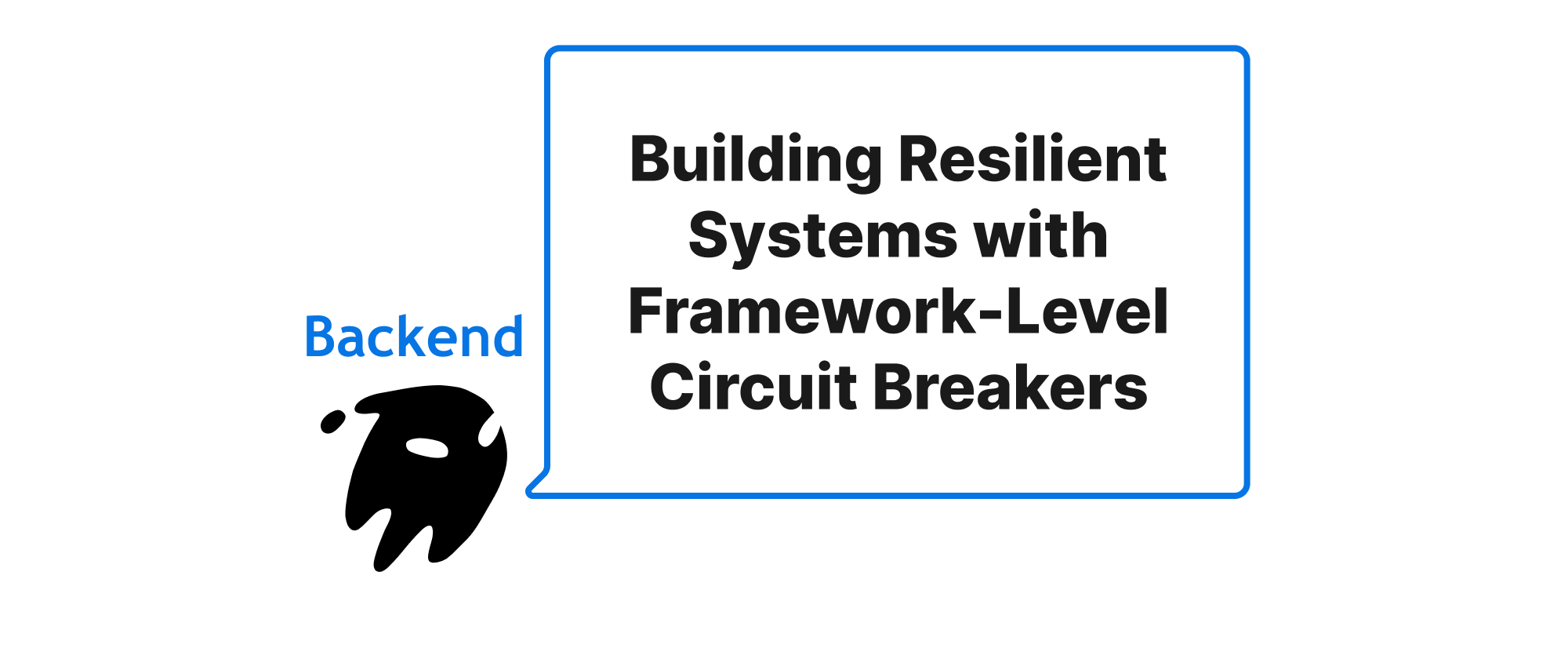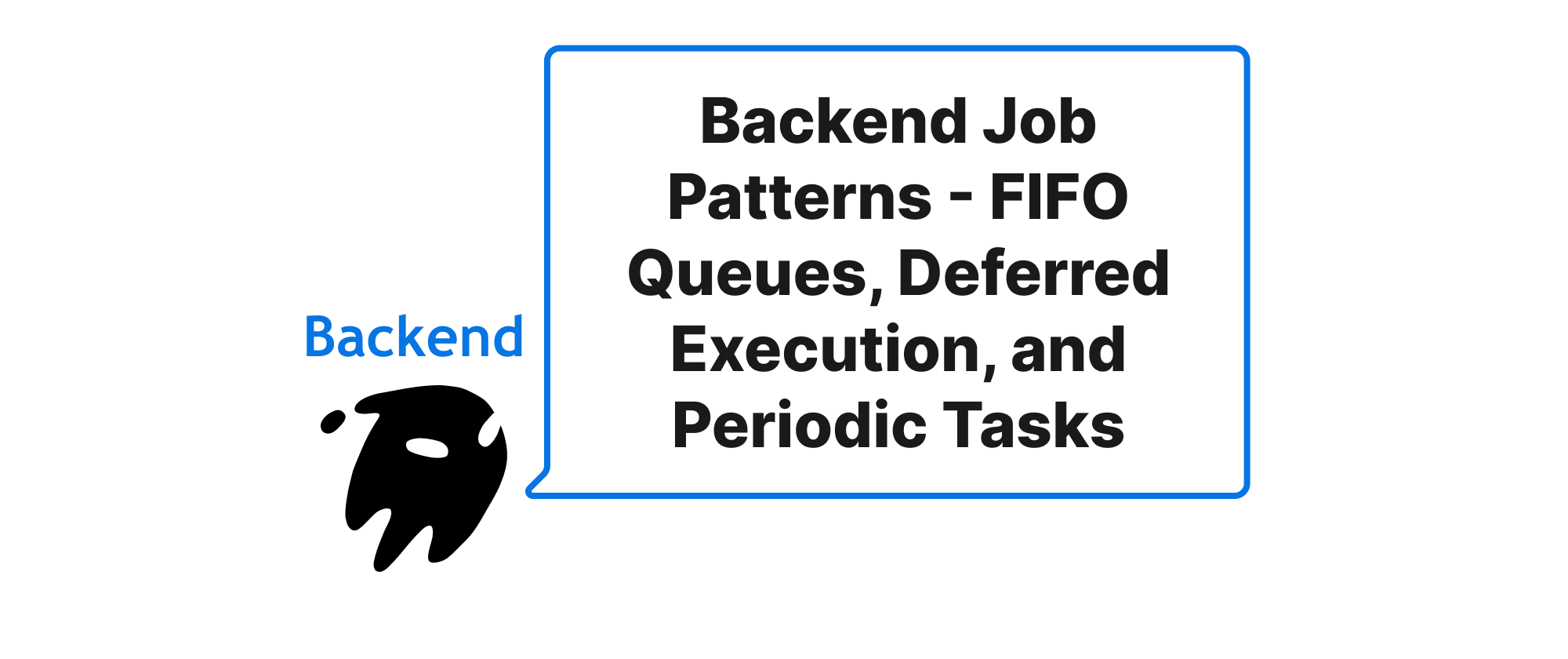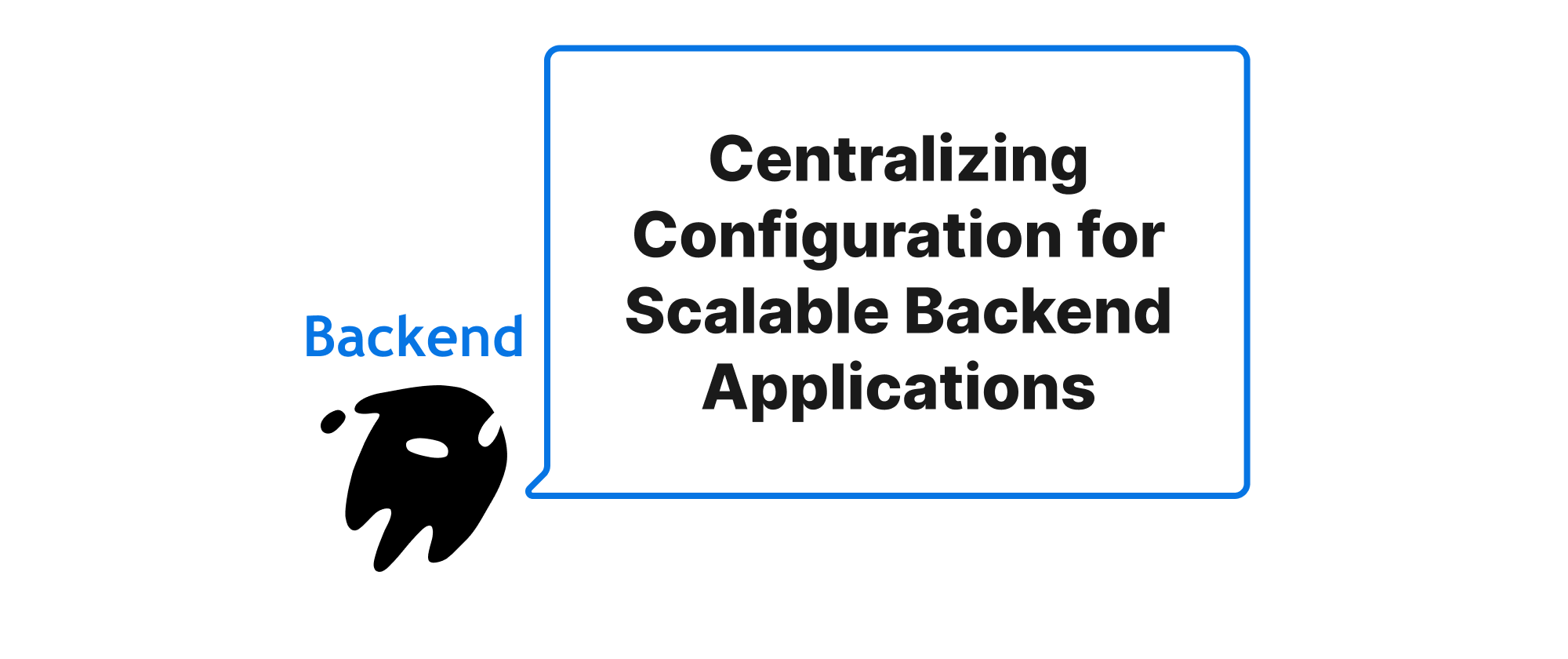Building Resilient Systems with Framework-Level Circuit Breakers
Wenhao Wang
Dev Intern · Leapcell

Introduction
In the intricate world of modern distributed systems, a single point of failure can quickly escalate into a widespread outage. Services communicate constantly, and the unavailability or slow response of one component can disproportionately impact upstream services, leading to a domino effect known as a cascading failure. Imagine an e-commerce platform where the inventory service becomes unresponsive. If the order processing service keeps retrying failed requests to inventory, its own resources may deplete, causing it to become slow or unavailable. This, in turn, could affect the user-facing storefront, leading to a complete system meltdown. Preventing such scenarios is paramount for maintaining system stability and ensuring a positive user experience. This article delves into how we can proactively mitigate these risks by implementing the Circuit Breaker pattern directly within our backend frameworks, effectively boxing in faults and preventing them from spreading.
Understanding the Core Concepts
Before diving into the implementation details, let's establish a common understanding of the key terms involved.
- Distributed System: A system whose components are located on different networked computers, which communicate and coordinate their actions by passing messages to one another.
- Cascading Failure: A failure in a system that spreads through successive stages, propagating its effects and potentially bringing down an entire interconnected system.
- Resilience: The ability of a system to recover from failures and continue to function, perhaps at a reduced capacity, rather than failing completely.
- Circuit Breaker Pattern: An architectural pattern designed to prevent an application from repeatedly trying to execute an operation that is likely to fail. It wraps a function call that might fail and monitors the failures. If failures reach a certain threshold, the circuit breaker trips, and all subsequent calls to the wrapped function return an error immediately, without making an attempt. This gives the failing service time to recover and prevents the calling service from wasting resources on doomed calls.
The Circuit Breaker pattern operates in three states:
- Closed: In this state, the circuit breaker allows requests to pass through to the protected operation. If a failure occurs, the circuit breaker records it. If the number of failures exceeds a predefined threshold within a certain time window, the circuit breaker trips to the Open state.
- Open: In this state, the circuit breaker immediately fails all requests without invoking the protected operation. After a configured timeout, it transitions to the Half-Open state.
- Half-Open: In this state, the circuit breaker allows a limited number of test requests to pass through to the protected operation. If these test requests succeed, the circuit breaker resets to the Closed state. If they fail, it immediately returns to the Open state for another timeout period.
Implementing Framework-Level Circuit Breakers
Implementing circuit breakers at the framework level offers significant advantages. It centralizes fault tolerance logic, reduces boilerplate code for individual services, and ensures consistent application of the pattern across the entire system. We'll use a hypothetical microservice architecture written in Go with the Hystrix library (though the principles apply broadly to other languages and frameworks like Java's Resilience4j or Python's Tenacity).
Consider a scenario where our Order Service needs to call a Payment Service. We want to protect the Order Service from Payment Service failures.
First, let's define our Payment Service client.
// payment_client.go package main import ( "errors" "fmt" "time" ) // PaymentServiceClient simulates calls to an external payment service type PaymentServiceClient interface { ProcessPayment(orderID string, amount float64) error } type mockPaymentServiceClient struct { failRequests bool failRate int // percentage of requests to fail latency time.Duration callCount int } func NewMockPaymentServiceClient(failRequests bool, failRate int, latency time.Duration) *mockPaymentServiceClient { return &mockPaymentServiceClient{ failRequests: failRequests, failRate: failRate, latency: latency, } } func (m *mockPaymentServiceClient) ProcessPayment(orderID string, amount float64) error { m.callCount++ time.Sleep(m.latency) if m.failRequests && m.callCount%100 < m.failRate { fmt.Printf("PaymentServiceClient: Simulating failure for order %s\n", orderID) return errors.New("payment service unavailable or timed out") } if m.callCount%10 == 0 { // Simulate occasional success even during failures for half-open state testing fmt.Printf("PaymentServiceClient: Payment processed successfully for order %s\n", orderID) } else { fmt.Printf("PaymentServiceClient: Payment processed successfully for order %s\n", orderID) } return nil }
Now, let's integrate Hystrix at a framework level, perhaps within a custom HTTP client or a service wrapper.
// main.go package main import ( "fmt" "log" "time" "github.com/afex/hystrix-go/hystrix" ) // PaymentServiceCircuitBreakerClient wraps the actual payment service client with Hystrix type PaymentServiceCircuitBreakerClient struct { paymentClient PaymentServiceClient commandName string } func NewPaymentServiceCircuitBreakerClient(client PaymentServiceClient, commandName string) *PaymentServiceCircuitBreakerClient { // Configure Hystrix for this specific command hystrix.ConfigureCommand(commandName, hystrix.CommandConfig{ Timeout: 1000, // Timeout for the command execution (ms) MaxConcurrentRequests: 10, // Max concurrent requests allowed RequestVolumeThreshold: 5, // Minimum number of requests in a rolling statistical window to trip the circuit ErrorPercentThreshold: 50, // Percentage of failures to trip the circuit SleepWindow: 5000, // Time in milliseconds after circuit opens that Hystrix will then allow a single request to pass }) return &PaymentServiceCircuitBreakerClient{ paymentClient: client, commandName: commandName, } } func (c *PaymentServiceCircuitBreakerClient) ProcessPayment(orderID string, amount float64) error { var err error err = hystrix.Do(c.commandName, func() error { // This is the actual call to the payment service return c.paymentClient.ProcessPayment(orderID, amount) }, func(e error) error { // This is the fallback function. Executed if the command fails or the circuit is open. log.Printf("Fallback triggered for order %s due to error: %v", orderID, e) // Here you might log the error, queue the payment for retry, or return a default response. return fmt.Errorf("payment processing fallback triggered for order %s: %w", orderID, e) }) return err } func main() { fmt.Println("Starting Payment Service Circuit Breaker Demo") // Simulate payment service failures and latency // Initially, let's make it fail frequently mockClient := NewMockPaymentServiceClient(true, 70, 50*time.Millisecond) // Wrap the client with the circuit breaker cbClient := NewPaymentServiceCircuitBreakerClient(mockClient, "payment_service_process_payment") fmt.Println("\n--- Phase 1: High Failure Rate ---") // Simulate many requests to trip the circuit for i := 0; i < 20; i++ { orderID := fmt.Sprintf("order-%d", i) err := cbClient.ProcessPayment(orderID, 100.0) if err != nil { fmt.Printf("Error processing payment for %s: %v\n", orderID, err) } else { fmt.Printf("Successfully processed payment for %s\n", orderID) } time.Sleep(100 * time.Millisecond) // Simulate a slight delay between requests } fmt.Println("\n--- Circuit Breaker Status ---") // After some time, the circuit should be open. // Hystrix dashboard or metrics would show this in a real system. // For this demo, we'll observe the fallback messages. time.Sleep(2 * time.Second) // Give some time for circuit to open fmt.Println("\n--- Phase 2: Circuit Open - Requests are immediately rejected ---") for i := 20; i < 30; i++ { orderID := fmt.Sprintf("order-%d", i) err := cbClient.ProcessPayment(orderID, 100.0) if err != nil { fmt.Printf("Error processing payment for %s: %v\n", orderID, err) } else { fmt.Printf("Successfully processed payment for %s\n", orderID) } time.Sleep(50 * time.Millisecond) } fmt.Println("\n--- Phase 3: Waiting for SleepWindow to allow Half-Open ---") fmt.Println("Simulating recovery of Payment Service. Reducing failure rate.") // Simulate the payment service recovering mockClient.failRequests = false // No failures mockClient.failRate = 0 time.Sleep(6 * time.Second) // Wait past Hystrix's SleepWindow (5 seconds) fmt.Println("\n--- Phase 4: Half-Open State - Test requests sent, circuit should close ---") for i := 30; i < 40; i++ { orderID := fmt.Sprintf("order-%d", i) err := cbClient.ProcessPayment(orderID, 100.0) if err != nil { fmt.Printf("Error processing payment for %s: %v\n", orderID, err) } else { fmt.Printf("Successfully processed payment for %s\n", orderID) } time.Sleep(100 * time.Millisecond) } fmt.Println("\nDemo Finished.") }
In this example:
- We define a
PaymentServiceClientinterface and amockPaymentServiceClientto simulate network calls and failures. PaymentServiceCircuitBreakerClientacts as the framework-level wrapper. It takes an actualPaymentServiceClientinstance and acommandName.hystrix.ConfigureCommandsets up the circuit breaker's thresholds for a specific command name. This configuration happens once, usually during application startup or service initialization.- The
ProcessPaymentmethod then useshystrix.Doto execute the actual payment processing logic. It also provides afallbackfunction that is invoked when the primary command fails or the circuit is open. The fallback prevents the calling service from blocking or failing immediately.
The output will clearly show:
- Initial failures leading to the circuit opening.
- Requests being immediately rejected with fallback errors when the circuit is open.
- After the
SleepWindow, a few test requests might get through (half-open), and if they succeed, the circuit closes.
Application Scenarios:
- External API Calls: Protect your services from unreliable third-party APIs.
- Database Access: Prevent database overload in case of slow queries or connection issues.
- Inter-service Communication: Shield upstream services from failures in downstream microservices.
- Caching Layers: If your cache service becomes unavailable, the circuit breaker can prevent direct database hits until it recovers, using stale data or a fallback if appropriate.
Conclusion
Implementing the circuit breaker pattern at the framework level is a powerful strategy for building resilient backend systems. It encapsulates failure handling, provides a consistent approach to fault tolerance, and most importantly, prevents minor issues from escalating into catastrophic cascading failures. By isolating failures and providing immediate feedback or fallback mechanisms, circuit breakers enable your applications to gracefully degrade rather than crash, significantly improving their stability and reliability under adverse conditions. Embrace this pattern to engineer systems that not only function but truly endure.


